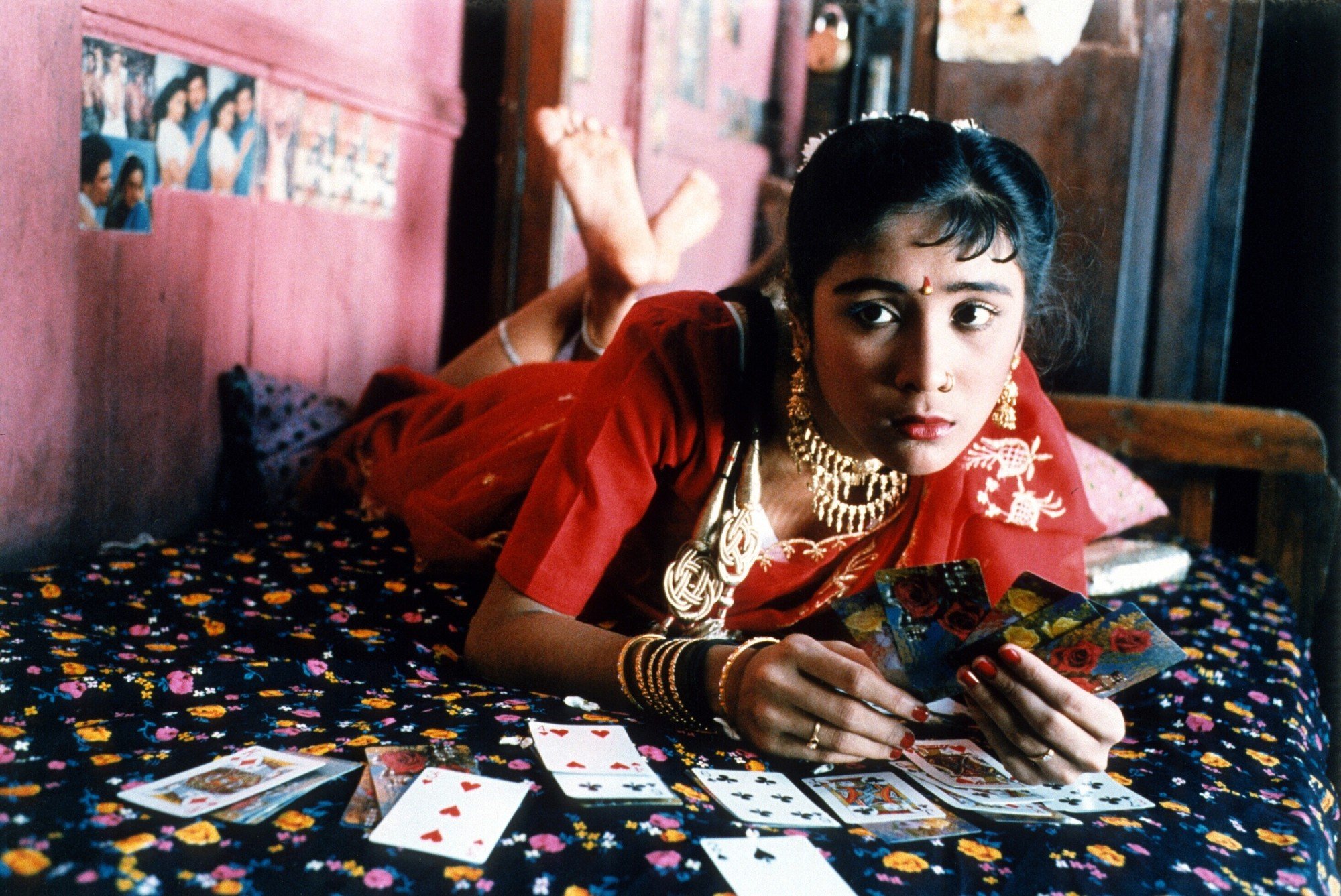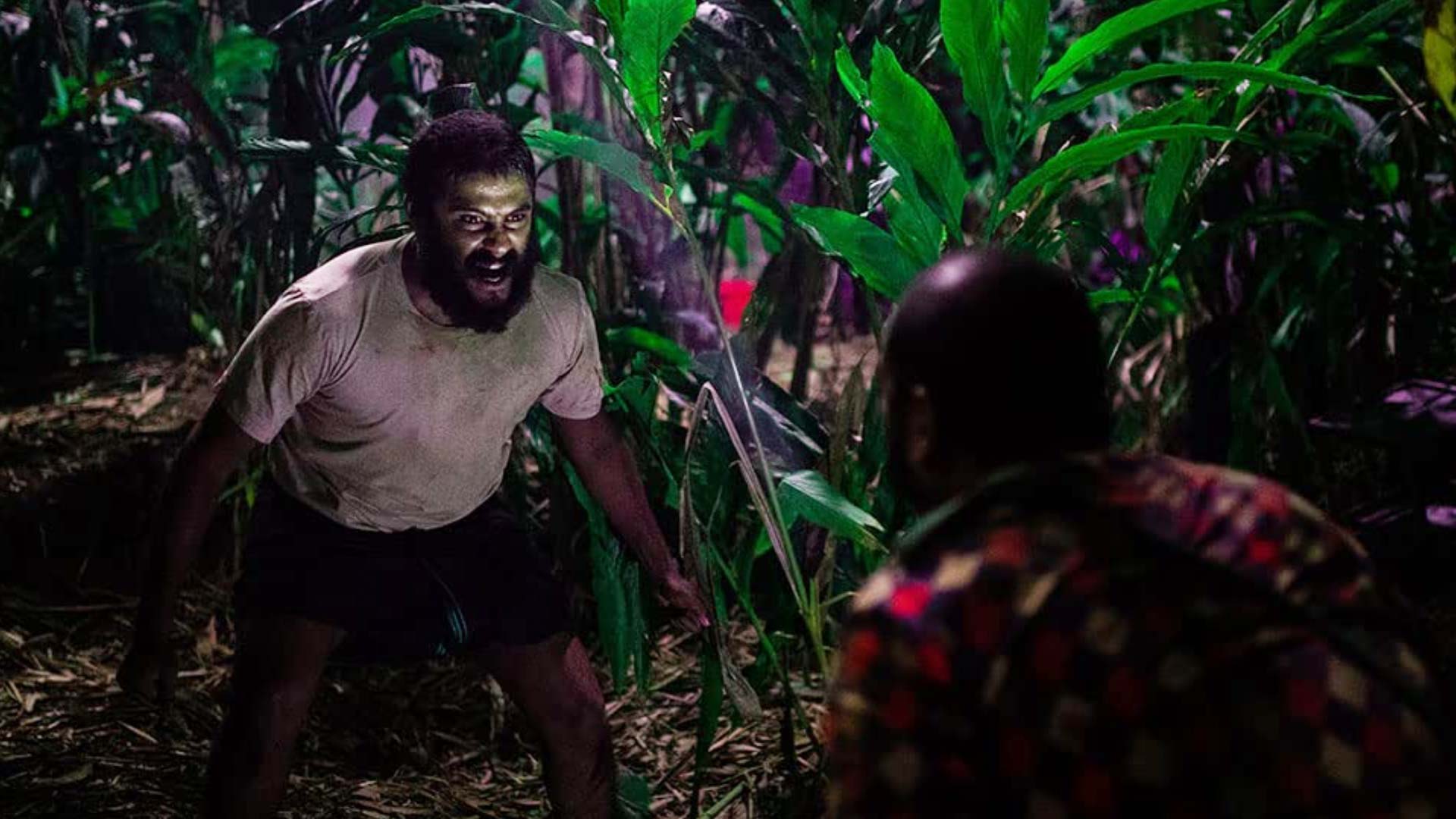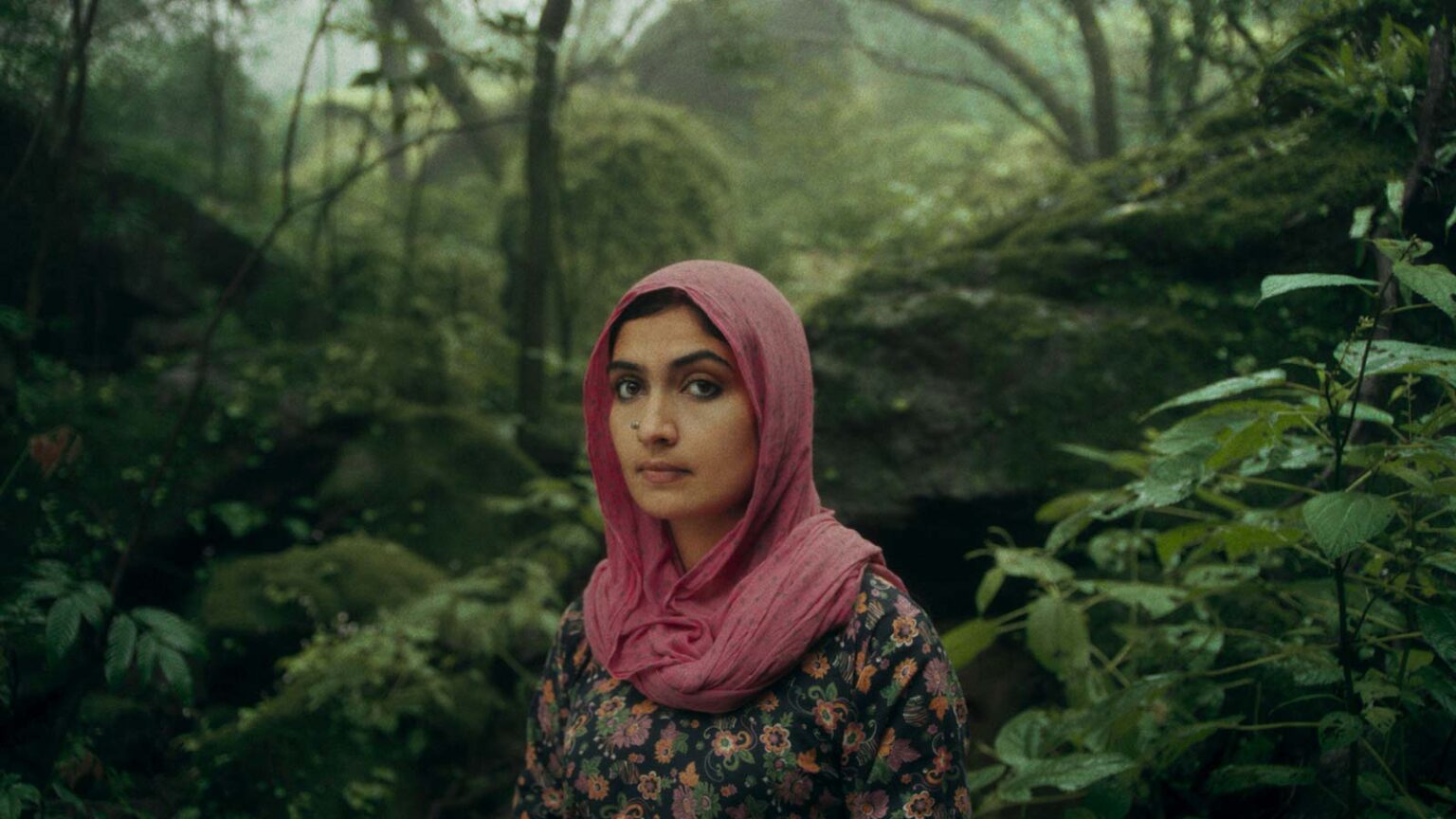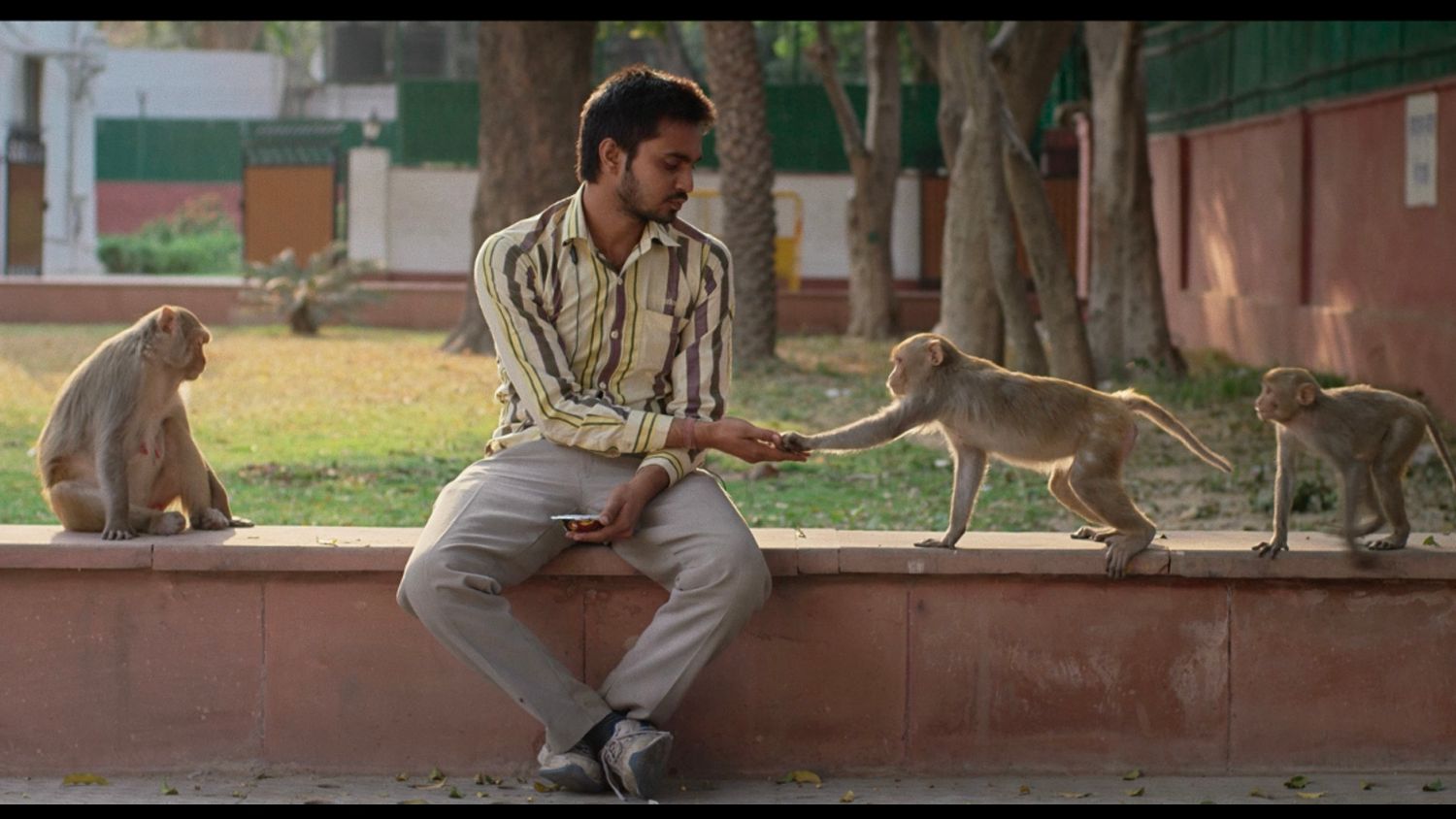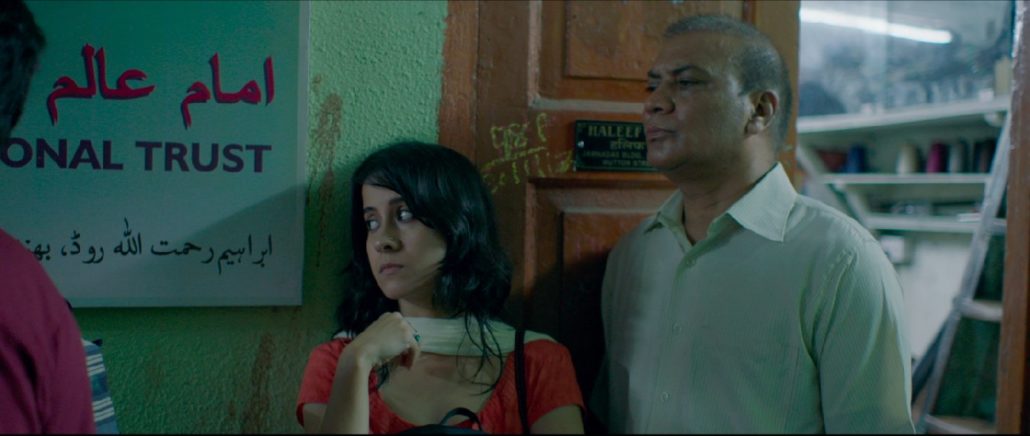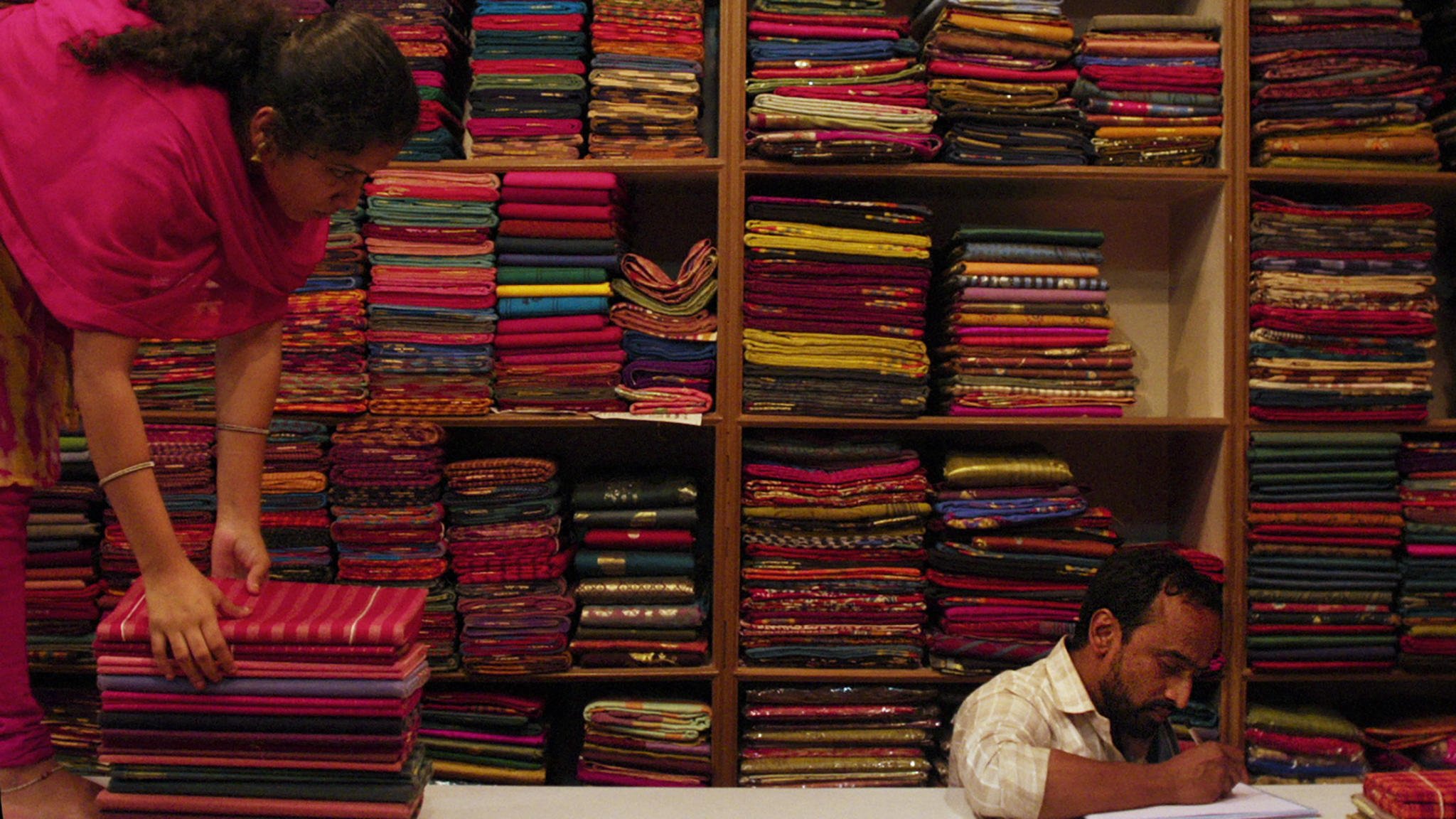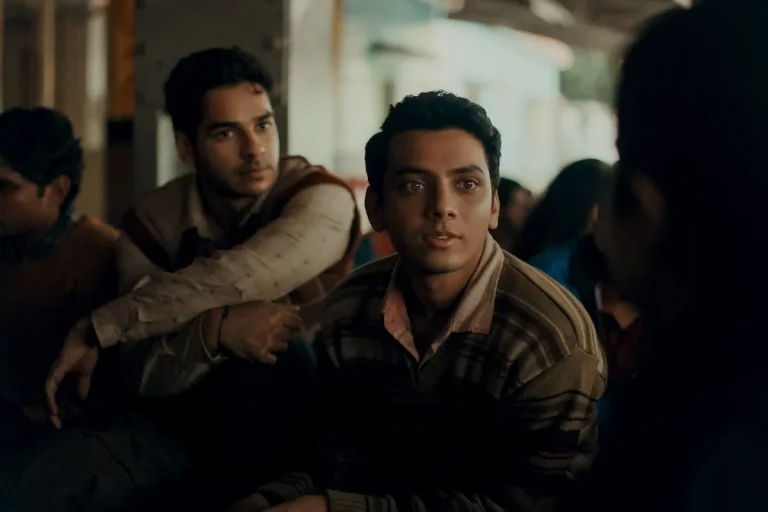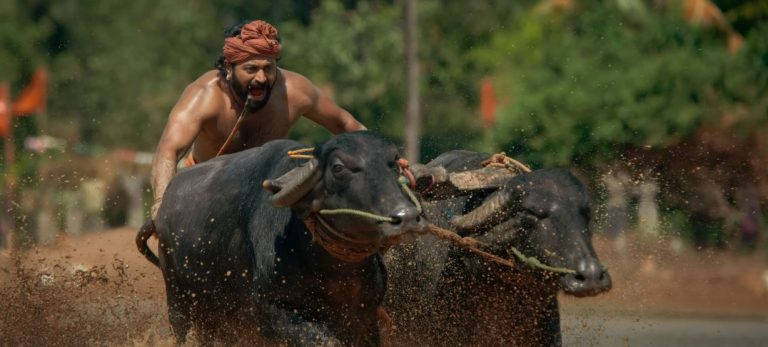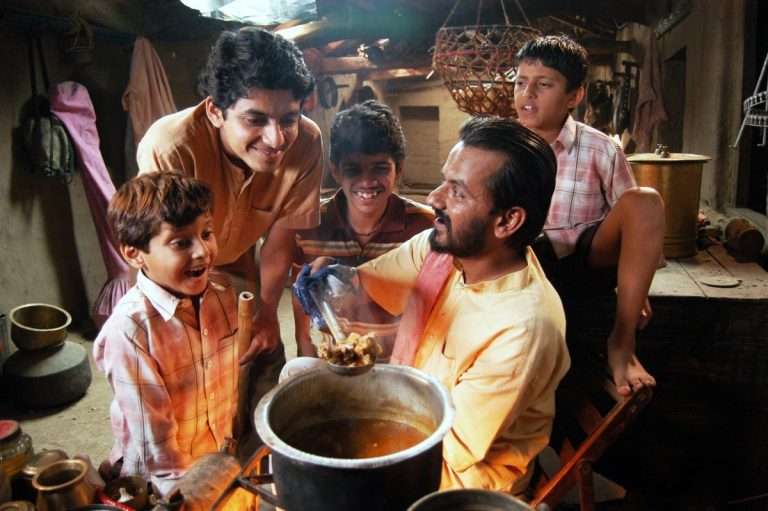The Indian Films Ignored at Oscars 2021:
132 countries across the globe have submitted at least one film for the Best International Film (Best Foreign Language Film). In many ways, this award is bigger than Best Picture. ‘Green Book,’ for instance, wins Best Picture, while ‘Roma‘ wins Foreign Language Film. Or ‘Spotlight‘ wins Best Picture and ‘Son of Saul’ wins Foreign. The International Film category has had films from across the world and is only restricted to five nominees. In contrast, Best Picture has the same tedious storytelling and formula and can have up to ten. ‘Parasite‘ was an exception!
61 countries out of the 132 submitted received a nomination. The vision of the American Academy of Motion Picture and Sciences is so Euro-centric that half of them are from Europe. 73 films, in all, got an award. Of which, Italy has 14 and France has 12; and all of Europe has 53 awards in total! Take the remaining 20: Asia, Africa, Australia, South America, and if anybody is making films in Antarctica! This is a huge loss considering the range and diversity of films in many countries.
Related to Indian Films at Oscar 2021 – Jallikattu [2019] Review: How masculinity is rendered fragile with its volatility
For instance, Brazil, China, India, Japan, Nigeria, Russia, South Korea, Taiwan, and Thailand produce a whole lot of films every year. Also, let’s not forget some gems that came from Côte d’Ivoire, Lesotho, and Senegal. That’s 12 countries already and we have not even fully explored Africa (with the exception of four countries), South America (sans Brazil), Australia, or Antarctica.
Given these numbers, it is not at all hard to digest that India never won anything in this category:
‘Mother India’ (1957) by Mehboob Khan,
‘Salaam Bombay‘ (1988) by Mira Nair, and
‘Lagaan‘ (2001) by Ashutosh Gowariker
made the cut but did not win.
We had three nominations. Some of our selections were earnest. ‘Apur Sansar’ (1959) does not need the glory of an Oscar now. ‘Earth’ (1999) by Deepa Mehta, which along with the rest of her element films, has gone onto becoming a sensation and masterpiece of their own. ‘Court’ (2015) by Chaitanya Tamhane, which people are waking up to now thanks to his latest film.
Related to Indian Films at Oscar 2021 – Top 10 Best Marathi Films of the 21st Century
Here are five Indian films for your consideration that meet international standards. In addition, they are directed and shot so well that they are worthy enough. To be considered in all categories of the Oscar, and not just International Film:
6. JALLIKATTU
Eleven years ago, ‘Jallikattu’ would have been compared to ‘Uncle Boonmee Who Can Recall His Past Lives.’ At least, because of its cinematography. But shoo! No Palme for you; only palm leaves. Cameraperson Girish Gangadharan and filmmaker Lijo Jose Pellissery create an exotic tale. Loosely built around the cultural practice of “Jallikattu,” they are more interested in the bull than the cultural significance and the controversy around it.
The controversy, however, started in January 2017. T Ramakrishnan writing for The Hindu, reported that the practice was coming in conflict with the ‘Prevention of Cruelty to Animals Act, 1960.’ He, meanwhile, added that an official ensured that the “survival and well-being of the native breed of bulls and preserving cultural traditions of Tamil Nadu” is what mattered. On the same day, The Economic Times simply did a “What is Jallikattu?” They answered it with “a sport which dates back to almost 2000 years,” “enshrined in the rural culture in the villages of Tamil Nadu.”
Also, Read: Every Lijo Jose Pellissesry Film Ranked
I have been at the forefront of the facade. Basically, the bull is garlanded and colored richly with turmeric and vermilion. He appears as royal as he can because he is going to run the ground with or without a man on his back. I think, ‘without’ sounds more accurate. He trains for this all year. And this is the competition. On this one day of Sankranthi (Pongal in Tamil Nadu, he is the parade animal or a prize animal). That last bit concerned the Supreme Court in 2014 which made them ban the “sport” that year and for three years. There was no culture afterward; sad, innit?
Related to Indian Films at Oscar 2021 – The 25 Finest Indian Movies of 2019
Firstly, it surprised me that “Jallikattu” is a Malayalam film; that this culture has its spread across Tamil Nadu, Kerala, Karnataka, Andhra Pradesh, and, maybe Telangana. Secondly, it got a fair shot. Relatively, then the other films on this list. Thirdly, the plot follows a bull, as mentioned, and steps away somewhat from all this controversy. Fourthly, it went and premiered in Toronto 2019. And lastly, what kind of man versus animal conflict is this? Did the director and writers S Hareesh and R Jayakumar brainstorm at some unusual event?
Based on a short story called ‘Moist’ by Hareesh, the film stars Antony Varghesese as Antony, Chemban Vinod Jose as Kalan, and Sabumon Abdusamad as Kuttachan. The film was mostly out in 2019, except for Amazon Prime Video, where it was released in February 2020. Edited by Deepu Joseph with an exhilarating soundtrack by Prashant Pillai, the crew does its job tightly and efficiently.
The plot: Before Kalan can kill a bull one morning, it escapes. Antony and he usually kill one and sell the meat. The bull creates chaos in the village. The villagers try to hunt it down. The police do not kill animals. So, Kuttachan comes into the picture (he has a gun!) Let’s leave it there, shall we?
Finally, it is too brief, but ‘Jallikattu’ is a 90-minute visual experience given its political and historical background and realistic and minimal plot. The colors and the cinematography are so beautiful that you would rub your eyes to see if they were only looking for a bull.
Watch/Stream Jallikattu on Amazon Prime
5. LAILA AUR SATT GEET
Called ‘The Shepherdess and the Seven Songs’ in English, the title has an aliteration but no poetry. It is literal in either language. In the film, Navjot Randhwa plays a beautiful Laila separated by seven sections marked by “satt geet” (seven songs). Set in contemporary India, the film premiered at the Berlinale 2020. Pushpendra Singh directed it.
Ranabir Das’s cinematography is so beautiful that the symbol of Laila being the state of Kashmir is all too obvious. He has shot the valley in green so lush it is hard to say he did not have a palette of green to choose from throughout the film. They are life-like at all points: early-morning, low light, afternoon, evening, late evening, night. Das’s brush and paint board have all he needs.
The result is not a fake poster where couples stand to take a picture. But a hillside, too thick and dense; the camera can notice the slightest of human presence. He shoots Laila, too. It could be more of Randhwa’s performance that shows her resilience.
Laila is a Kashmiri shepherd from the Bakarwal community. She marries Tanvir from the Gujar community, a nomadic tribe. The Gujars, Singh says in an interview with Indian Express, speak a “mix of Rajasthani, Punjabi, Dogri, and Urdu.” Naren Chandra and Benedict Taylor score the film where Laila and Tanvir’s wedding takes place along with the first geet.
Related to Indian Films at Oscar 2021 – The 20 Best Indian Movies of 2020
When the tribespeople go to the police because they have a concern, the police constable asks them a serious question. “How many of you have the Aadhar (bio-metric) card?” The constable, in a sequence, which is funny or scary, reminds the nomads of their identity in what has already happened to the rest of the country. He, then, extends his arm, in front of the gathering of six or more tribesmen and two policemen, to add more wisdom. “Every person must have Aadhar card now because it’s our identity.”
On 5 August 2019, in the meantime, the Government of India stripped Kashmir of its autonomy – a decision taken without any consultation with the people of Kashmir. The Annual Human Rights Review says, under the garb of being “beneficial for the future,” the government “threw the entire leadership – both pro-India and pro-resolution political leaders in jail. The decision was also accompanied by a military siege in which nearly one hundred thousand troops were deployed in the state – especially in Kashmir valley, manning streets, alleys, and all major city and town squares.”
“A strict curfew was enforced accompanied with a total communication blockade – in which all mobile phone services, internet services, and postal services were shut. Reports of allegations of mass arrests, torture, killings, use of excessive force, harassment and intimidation emerged soon after the abrogation of Article 370 which this report documents.” Article 370 is the article in the constitution that was added to grant the state autonomous power. It led to one of the longest internet shutdowns in the world. The information did not go out or came in.
Identity is a massive issue, therefore, when it comes to Kashmir ‘Laila,’ perhaps, was shot by then because it made it to Berlin in 2020. It is mostly the story of an individual too. There is an inspector (Ranjit Khajuria) who is smitten by her beauty. He never stops following her. Laila never stops trapping him. She hopes that somebody catches him red-handed. Laila, in that sense, is doing her best to wade off her external enemies. Internally, she is an enigma.
The Gujars are almost blind to her, not just her beauty but her being. She, all the same, does not complain and makes do. She, therefore, is a stand-in for Kashmir. Not to say that Kashmiris should stand by. Or watch what is happening internally and make do. Singh adds in that interview, Kashmiris “exhibit the Stockholm syndrome.” To conclude, they are “sometimes within the Indian state, sometimes with the separatists.” Can you blame them?
4. THE DISCIPLE
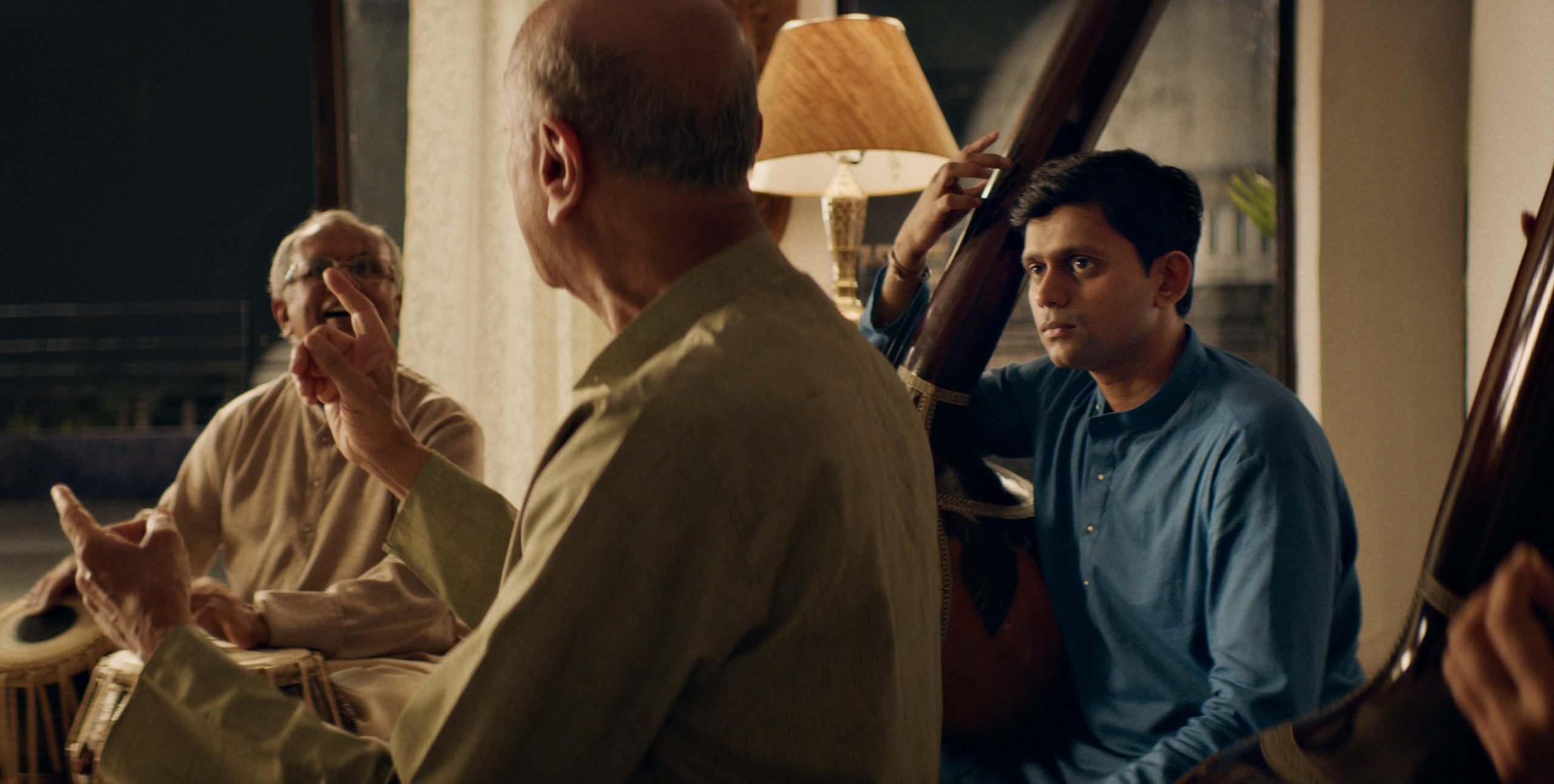
While ‘Court’ (2014) was better, it does not take away from the merits of this film. This film received the most wondrous reception an Indian film could receive internationally. I have seen no film being talked and praised about as much as critics have talked about Chaitanya Tamhane’s ‘The Disciple’. From the goddess Manohla Dargis to our very own Naman Ramachandran, all regarded it highly. So did Jonathan Romney, somebody whose opinions I find very hard to disagree with even if I disagree with them at times.
The film is in Marathi and produced by Vivek Gomber (of ‘Sir’ fame). Aneesh Pradhan provides the music in the film while Michał Sobociński has shot it. Aditya Modak plays the lead Sharad Nerulkar. He wants to be a classical vocalist. His father introduces him to this tradition. He follows it by devoting himself entirely. He follows the discipline of musical legends and his guru. Arun Dravid plays his guru. The music and ragas are divine!
Similar to Indian Films at Oscars 2021 – The Disciple [2020]: ‘TIFF’ Review – A deeply moving character drama about the arduous journey of a failed artist
“There’s a reason why Indian classical music is considered an Eternal Quest. Through this music, we are shown the path to the Divine. And to embark on that quest, you will have to surrender and sacrifice,” says a woman in a conference and the trailer. As anybody who has been in the field of performing arts would know, the classical arts take years of practice and mentors to guide you. Sharad is doing all he can. He wishes to get to the highest level of his craft. But Mumbai happens!
In an early scene where Sharad is practicing with his guru, the ragas flow and the music takes over you slowly. Not for long, because the scene cuts to Sharad giving a back massage to his guru. Then, he goes shopping. Tamhane won the Screenplay and FIPRESCI at Venice.
Consider this now: Alfonso Cuarón, a four-time Oscar winner and an 11-time nominee, is an executive producer of ‘The Disciple. Apparently, Tamhane spent a year with Cuarón. The former looks at the narrative while the latter looks at the image. They have a video on YouTube, where our protégé says he just wants to become a “better filmmaker.” He went to Mexico. Whilst Cuarón says he relates with Tamhane in the sense of being a filmmaker from a third world country, and the sense of isolation.
Coming back to our disciple, there is a chilling line, I think the NYFF trailer ends with it. “If you want to walk this path, learn to be lonely and hungry,” warns the woman. Nonetheless, Sharad’s true desires are also at arm’s length. Sharad, in the process of his performance, isolates the audience, too. It is a remarkable film, do not get me wrong. Just not enough to win Picture or International Film. Sure enough to win Score or get nominated for a host of other categories.
3. EEB ALLAY OOO!
The monkey menace is a real problem in New Delhi. Nat Geo has covered it. I lived in New Delhi for seven years and worked for five. I have seen monkeys steal Coke bottles and struggle to open the cap and do so successfully. Grabbing items from people’s hands, including cigarettes, and food; it is impossible to walk around Connaught Place without spotting a monkey. I wonder how the hawkers sell fruit.
Our school used a low-key noise which kept the monkeys away from the building successfully because, at one point, we could not enter the building. I am sharing this experience because Prateek Vats’s ‘Eeb Allay Ooo!’ revolves around the government’s job of keeping monkeys away from public buildings. It is his directorial debut and is written by Vats and Shubham. A young migrant from Bihar, Anjani Prasad (Shardul Bhardwaj) is tasked with this job. The title refers to the sounds he makes to scare the monkeys away.
Screened in Berlin 2020, but released on Netflix on 18 December 2o2o, Saumyananda Sahi gets excellent shots of monkeys of all shapes and sizes in the capital moving from one electric wire to another, from one building to to the other, from one branch to other and so on and so forth. The film is produced by NaMa productions, Vats, and Shwetaabh Singh and is presented by Anurag Kashyap. It is also the first film in Hindi on my list earning its spot well.
Related to Indian Films at Oscar 2021 – Eeb Allay Ooo! [2019]: ‘MAMI’ Review: An authentic study of the working class through intelligent filmmaking
It is placed before ‘The Disciple’ because it scores on being realistic. Anjani’s struggles felt real throughout and not distant although it did not go to Venice. International critics did not see it because only Kashyap was attached here and no Cuarón. But Anjani living with his pregnant sister and brother-in-law in the outskirts of Delhi is not a competition of who is poorer. But who lets you in. By no means is ‘Eeb’ poverty porn, the way Anjani gets treated by the people around him for being a monkey chaser, and the confusion he has are far more pressing.
He uses a slingshot, a costume, and the film nearly ends in tragedy. Some use canes, and some talk of weapons! There is the cruelty act to be considered, and the monkeys to be waded off. What do you do? Try ‘Eeb Allay Ooo!’
Watch/Stream Eeeb Allay Ooo! on Netflix
2. BEBAAK
In all of 20 minutes, Shazia Iqbal, director-writer-producer, tells us a tale based on a real-life incident. Fatin (Sarah Hashmi, haunting) wants to study more but needs money that her family cannot afford. She, in the first place, goes to a religious trust with her father. The questions asked to her are not why she is passionate to study or what she will study. Conversely, they are why she has not covered her hair and why she is dressed the way she is. The misogyny on is clearly indictive, despite Fatin making her best attempt to look modest.
Another story that has Anurag Kashyap’s backing as a producer. It stars Nawazuddin Siddiqui as the trust owner. He places a cheque in front of Fatin and her father but does not give it to them. He asks Fatin to fix herself up and come and collect it the next day. Which means she should wear a hijab, or better still come in a burqa, and take her money.
‘Bebaak’ won the Best Short Film at the Chicago South Asian Film Festival, Los Angeles Indian Film Festival, New York Indo-American Arts Council Film Festival, and the Short Shorts Film Festival & Asia; all in 2019.
Sheeba Chaddha plays Fatin’s mother, who is mostly at home taking care of her other children who all have questions. They seem to be practicing liberal values at home and conservative values outside the door, which becomes tricky for the parents to explain and the family to live with. The film is in Urdu and Hindi and plays with the idea of individual versus society.
Fatin’s determination plays a huge role in her decision-making. If religion is one thing, patriarchy is another; money is one hurdle, freedom is another. Two young girls from the school run by the charity meet her as she is waiting for Nawaz. One laughs at her appearance, hair let loose, flying with the wind; the other says she wants to be like her.
Watch/Stream Bebaak on Facebook
1. NASIR
It took Sean Baker, the American filmmaker of ‘The Florida Project’ (2017) to put a tweet out saying ‘Nasir’ is a brilliant film streaming online as a part of some film festival, available for few days, last summer on YouTube. When I watched it, I was stunned and blown away.
Directed and written by Arun Karthick, this film should have been India’s submission to the Oscars (for merit), if not ‘The Disciple’ (for all its traction and possibility). Valavane Koumarane gives a stellar performance as Nasir. Saumyananda Sahi shot the film and Arghya Basu edited it. The film is in Tamil.
Related to Indian Films at Oscars 2021 – Nasir (2020) Review: Living a Life Under Religious and Communal Bigotry
Nasir is a middle-aged sari salesman and a poet. He lives with his nephew Iqbal and mother Fatima. Smokes ten beedis a day, and, at times, goes for his midday prayers. The communal tension is never in your face until it is. Rotterdam and the recent Kerala International Film Festival screened ‘Nasir’, too.
He goes and gives lunch to a schoolgirl too which her mother has prepared and waits for her. So much happens in one day, it is difficult to keep track. Yet the pace is quiet and the film explores the themes of city, class, community, poverty, and religion so delicately that they are what they are: surviving, living, and being. It’s lovely to see Nasir against a backdrop of colorful saris while he recites his poems to his fellow workers. That visual will always stay in my mind. As one of his lines go:
“What else is life if not loneliness and silence?”


